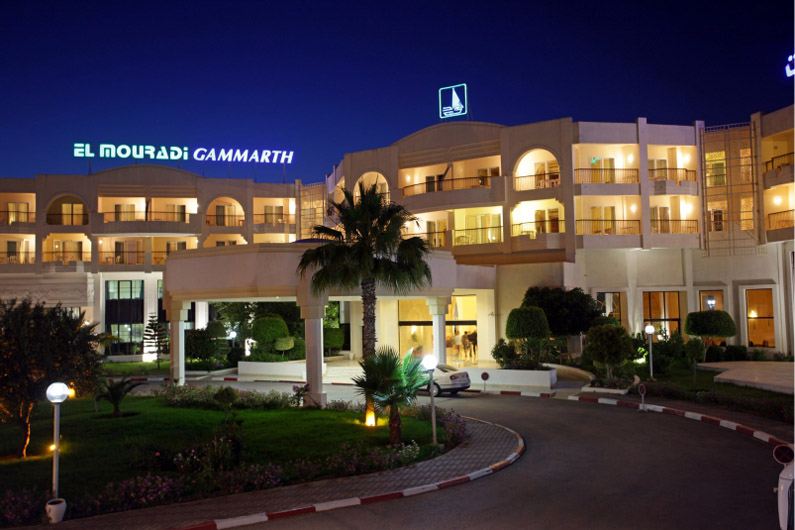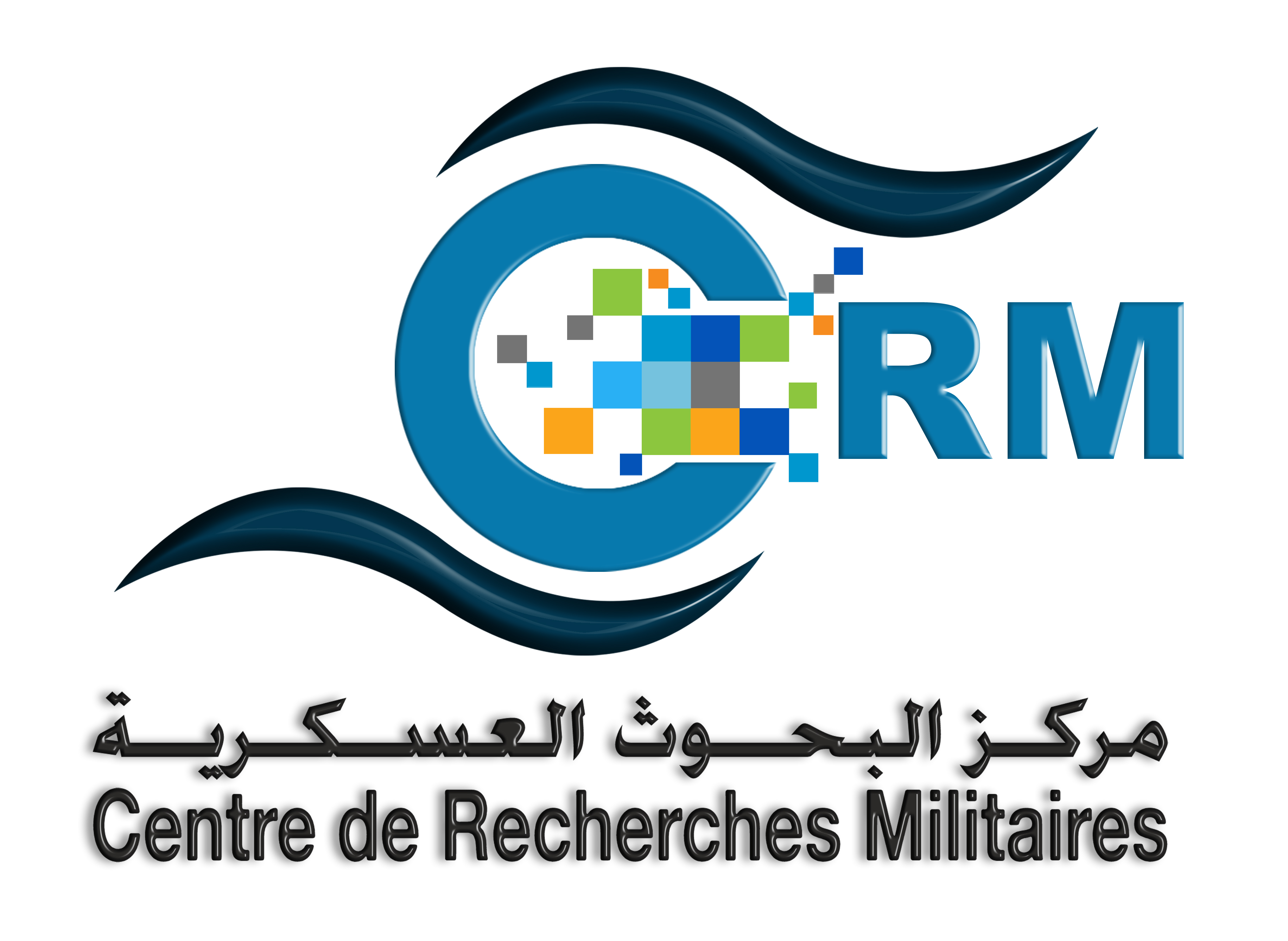Accommodation
Participants of the STAD26 Conference will be accommodated at El Mouradi Gammarth, a 5-star hotel offering a modern and relaxing atmosphere.


International Conference
Sciences and Technologies Applied for Defense
Participants of the STAD26 Conference will be accommodated at El Mouradi Gammarth, a 5-star hotel offering a modern and relaxing atmosphere.


In an era where threats are rapidly evolving—conventional, asymmetric, cyber, and CBRNE (Nuclear, Radiological, Biological, Chemical, and Explosive)—modern defense systems must constantly adapt. Strategic superiority is no longer defined solely by firepower, but increasingly by technological agility, operational resilience, intelligent systems, and the ability to anticipate uncertainty.
Science and applied research are now at the heart of this transformation. The STAD26 International Conference aims to foster dialogue between researchers, engineers, military institutions, and industry stakeholders to accelerate innovation and technological integration into defense capabilities.
Organized by the Military Research Center (CRM) in partnership with the Royal Military Academy (ERM), STAD26 will take place from May 18 to 20, 2026 at the Mövenpick Hotel Gammarth in Tunis. The event will provide a multidisciplinary platform to explore five major technological and strategic themes.
Modern combat environments require structures capable of withstanding extreme conditions: shock waves, high-velocity impacts, and fragmentation. Design of armor, impact modeling, structural optimization, and development of advanced materials, including composites and energy-absorbing nanomaterials.
Situational awareness is vital for operational superiority. Cutting-edge detection and surveillance technologies: passive and active radar systems, infrared and multispectral imaging, sensor fusion, automatic threat recognition, and anti-drone measures. Focus on autonomous systems and embedded AI.
Massive data collection, real-time processing, and predictive analytics are becoming essential. Machine learning, tactical AI, behavioral modeling, and intelligent decision-support systems. Optimization of autonomous systems, cybersecurity for AI-based military platforms, and ethical considerations.
Secure communication in hostile conditions is a strategic imperative. Secure tactical networks, embedded cryptographic technologies, resilient communication infrastructures, and post-quantum cryptography. Protection of sensitive data, secure key exchange protocols, and prevention of information leaks.
Nuclear, Radiological, Biological, Chemical, and Explosive threats remain a persistent challenge. Early detection systems, decontamination technologies, individual and collective protective equipment, risk modeling, and scenario simulation. Focus on integrated defense strategies and civil-military cooperation.
Autonomous platforms for land, sea, and air operations. Swarm robotics, self-navigation, human-machine teaming, autonomous surveillance, and decision-making under uncertainty. Development of resilient AI-driven systems with minimal human intervention.
Research and development of multi-domain platforms: armored vehicles, naval ships, submarines, and aircraft. Focus on survivability, maneuverability, stealth, integration of sensors, modularity, and interoperability across joint operations.
Conventional and advanced weapon systems, precision-guided munitions, internal/external ballistics, high-speed projectiles, smart ammunition, and integration of new materials for optimized lethality and accuracy.
Advanced propulsion technologies for land, naval, and aerial systems. Hybrid engines, electric propulsion, high-efficiency turbines, noise reduction, fuel optimization, and exploration of alternative energy sources for defense mobility.
Download the Call for Papers, the Abstract Template (DOCX), and the Full Paper Template available in both LaTeX (ZIP) and DOCX formats. Submit your abstract (DOCX) or full paper package (ZIP or DOCX) using the submission form below.
The conference offers flexible registration options for both international and national participants. Fees include conference access, materials, coffee breaks, and the participation certificate. Accommodation options are also available for participants who wish to stay at the event hotel.
| Category | With Hotel | Without Hotel (Conference Only) |
|---|---|---|
| International Participation | 600 € | 200 € |
| National Participation | 1,000 DT | 300 DT |
Note: All fees include conference materials and coffee breaks. Accommodation packages cover hotel stay for the conference period. Payment details and registration deadlines will be communicated upon acceptance.
The Scientific Committee of the STAD26 International Conference ensures the academic and scientific quality of the submitted works. Members will be announced soon.
Member
Member
Member
Member
📅 December 15, 2025
📅 January 01, 2026
📅 February 02, 2026
📅 February 28, 2026
📅 March 23, 2026
📅 May 18-20, 2026
Abstracts and papers must be submitted via email to:
For any inquiries or partnership discussions, please contact the organizing committee via the same address.

